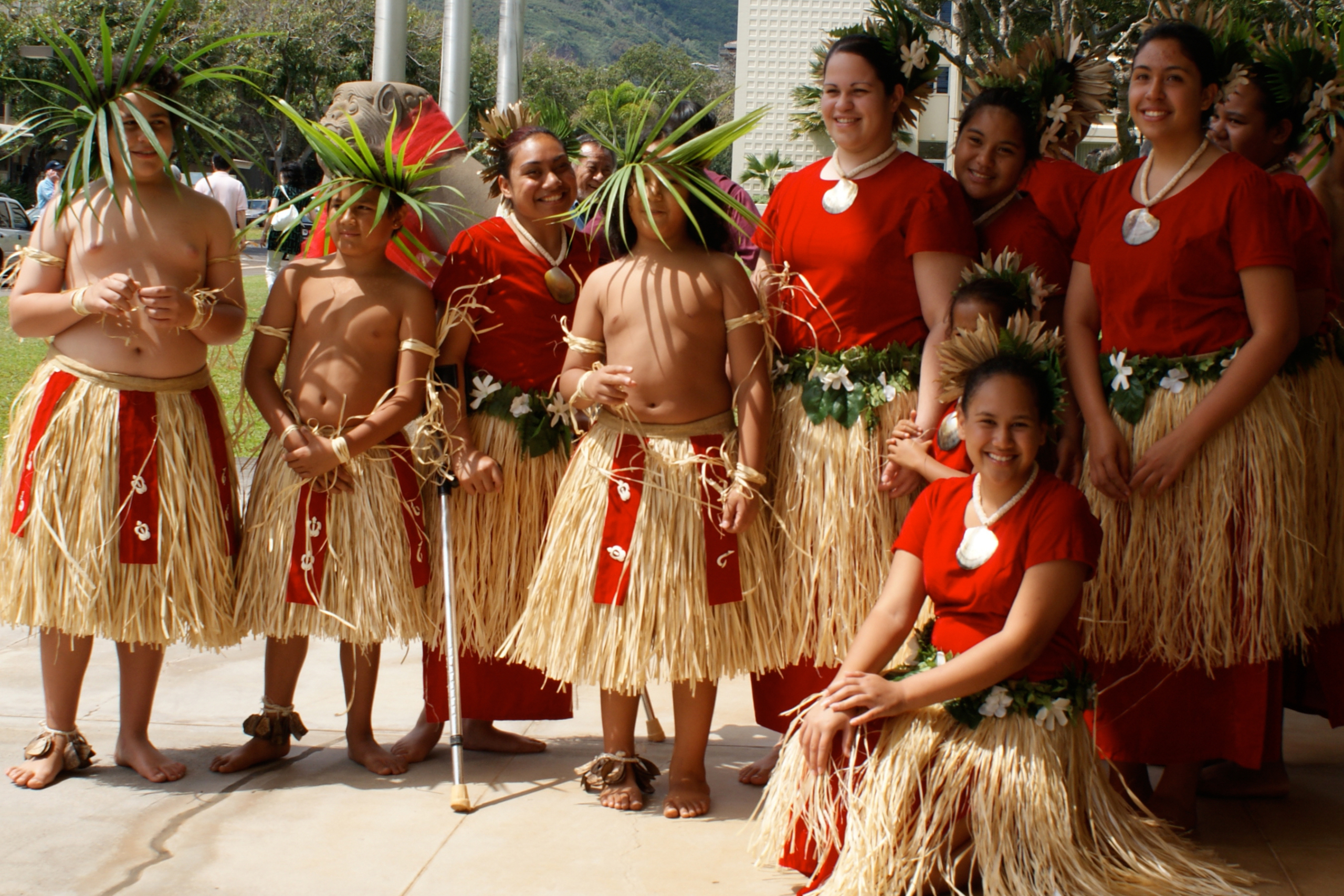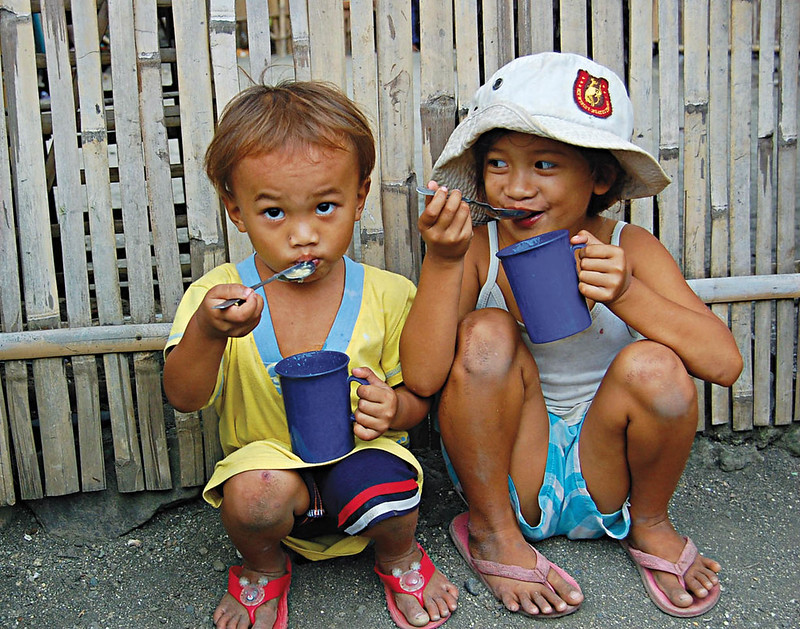 In March 2024, more than 60% of Honduras was living in poverty, prompting urgent action to address the crisis. The World Bank reports that, as of 2022, 52.4% of the population lived on less than $6.85 per day. The situation worsened following Hurricanes Eta and Iota in 2020, which displaced 368,000 people and forced 200,000 into makeshift shelters. Additionally, the COVID-19 pandemic led to a 7% drop in GDP. Poverty is particularly severe in rural areas, where 40% of the Honduran population resides. These alarming statistics also highlight concerns about water quality in the country.
In March 2024, more than 60% of Honduras was living in poverty, prompting urgent action to address the crisis. The World Bank reports that, as of 2022, 52.4% of the population lived on less than $6.85 per day. The situation worsened following Hurricanes Eta and Iota in 2020, which displaced 368,000 people and forced 200,000 into makeshift shelters. Additionally, the COVID-19 pandemic led to a 7% drop in GDP. Poverty is particularly severe in rural areas, where 40% of the Honduran population resides. These alarming statistics also highlight concerns about water quality in the country.
Water Crisis and Educational Challenges
According to the 2019 National Survey of Demography and Health, only 50% of Hondurans have access to clean, e-coli-free water. The pandemic and Hurricanes Eta and Iota exacerbated these ongoing issues by damaging critical infrastructure and restricting access to water systems.
As of March 2023, official data revealed 14% of Hondurans could not read or write. Additionally, a study by Bless the Children found that children typically require 9.4 years to complete grades one through six. Financial struggles within families often force children to contribute to household income, significantly complicating their ability to balance school and work.
Government Initiatives Alleviating Poverty in Hondorus
In 2020, along with the United Nations Development Programme (UNDP), the Honduran government launched the Single Voucher Program, supporting families struggling particularly from the pandemic. This initiative gave families a one-time voucher of $82 that can be redeemed for food, medicine and/or medical supplies.
As of 2022, the Inter-American Development Bank approved a $75.9 million loan outlined to support 50,000 households through conditional cash transfers and 165,000 children through nutrition and early child development programs. This loan also works toward keeping children in school until seventh grade, at least. This loan is meant to be dispersed over four years. Honduras has collaborated with various international organizations to improve living conditions.
Nonprofit Initiatives
Food for the Poor, a nonprofit organization, actively improves water quality in areas affected by Hurricanes Eta and Iota. Immediately following the disasters, it installed temporary emergency water treatment systems in Bosques de Santa Lucia, Campo Las Flores and Los Achiotes. In Bosques de Santa Lucia, the organization provided 145 families with safe running water and functioning toilets. Additionally, in Campo Las Flores, Food for the Poor has diligently repaired damaged equipment and pipes affected by the hurricanes.
JustOne International has significantly boosted high school graduation rates in Aguas del Padre, Honduras. Since beginning its mission in 2019, the community has seen a 600% increase in graduation rates, with 89% of graduates advancing to higher education or securing high-paying jobs. This organization is making a substantial impact by helping thousands of young Hondurans complete their education.
Looking Ahead
As the country faces widespread issues, various initiatives are showing promise in alleviating poverty in Hondorus. Efforts by the government, supported by international organizations like the UNDP and the Inter-American Development Bank, are providing essential aid and educational support to vulnerable families and children. Nonprofits like Food for the Poor and JustOne International play crucial roles in improving water quality and boosting educational outcomes, respectively. These ongoing efforts aim to create a more resilient and self-sustaining future for Honduras.
– Madeline Rozmus
Madeline is based in Greenwich, CT, USA and focuses on Good News and Global Health for The Borgen Project.
Photo: Flickr
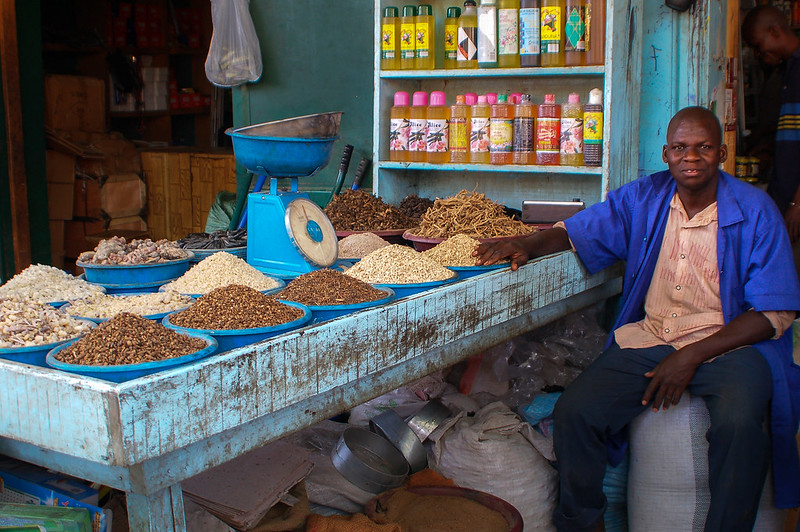 In 2022, Mali experienced an increase in its poverty rate
In 2022, Mali experienced an increase in its poverty rate 
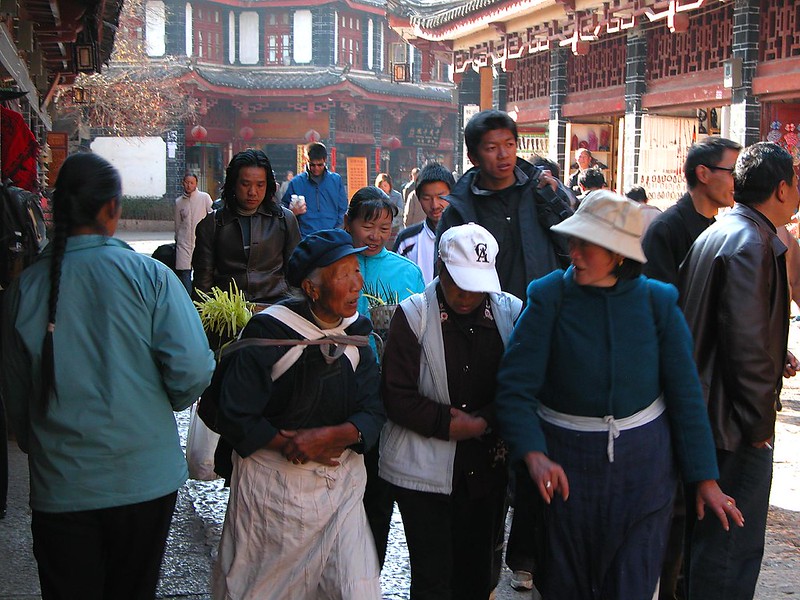 Ethnic or cultural tourism involves visiting destinations to explore local cultural elements. In China, where many ethnic groups face
Ethnic or cultural tourism involves visiting destinations to explore local cultural elements. In China, where many ethnic groups face  Zimbabwe, situated in southern Africa, grapples with serious
Zimbabwe, situated in southern Africa, grapples with serious 

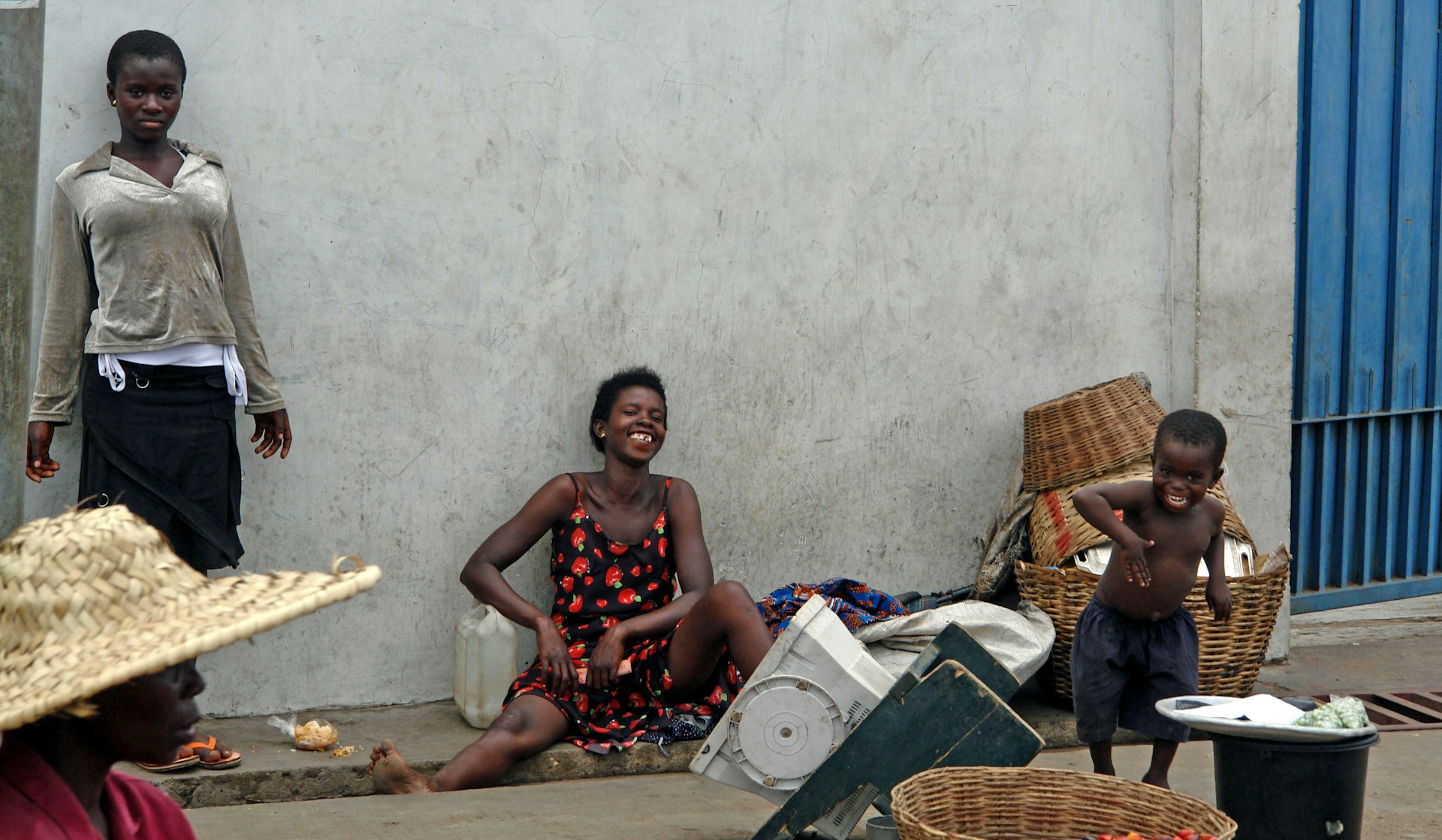 Ghana, known as the “island of peace,” is located on the West Coast of Africa, an area often described as one of the most chaotic regions in the world. Agriculture, the nation’s primary sector, employs about
Ghana, known as the “island of peace,” is located on the West Coast of Africa, an area often described as one of the most chaotic regions in the world. Agriculture, the nation’s primary sector, employs about 